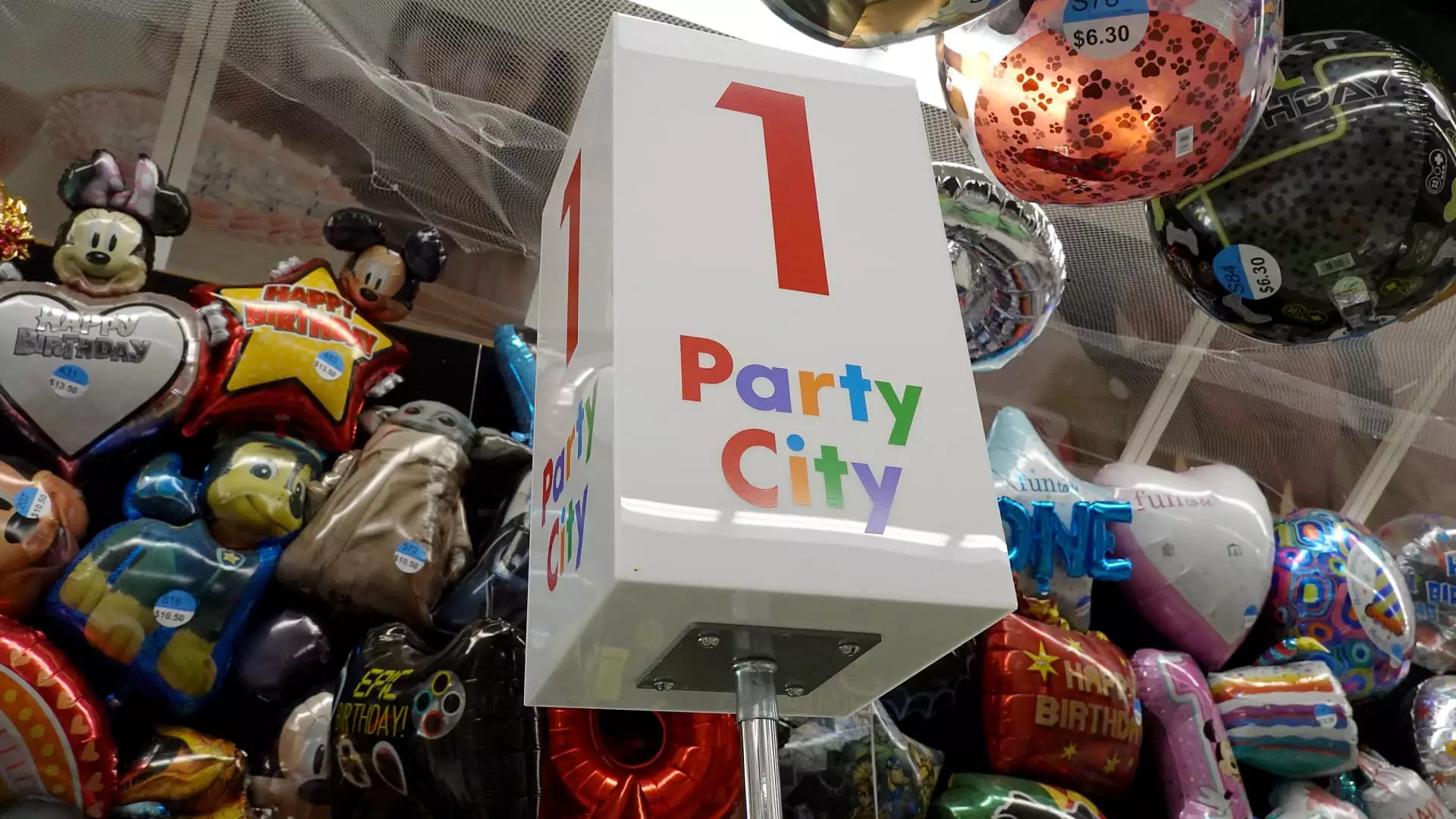In a shocking development for the retail landscape, Party City announced the immediate closure of all its stores and the initiation of corporate layoffs on Friday. CEO Barry Litwin conveyed this disheartening news to corporate employees during a meeting, which was later reported by CNN. His statement underscored the gravity of the situation: a “winddown process” was imperative, making that day their final working day. Litwin expressed the profound difficulty of this decision, marking it as one of the hardest messages he has ever had to deliver, reflecting the emotionally charged atmosphere within the company.
Party City has not emerged unscathed from a history of financial turmoil. Just two years prior, the party supply retailer sought Chapter 11 bankruptcy protection, overwhelmed by a staggering $1.7 billion in debt. The company managed to navigate through this challenging period and exited bankruptcy in September 2023, restructuring itself into a privately-held entity while successfully canceling nearly $1 billion of its debt. At that point, the optimism for recovery surged as most of the company’s 800 U.S. stores were allowed to operate. However, the fragility of this recovery has now come to light, revealing the shortcomings in the restructured model’s sustainability.
Just months before the closure, Barry Litwin was appointed CEO with a clear vision for revitalizing the company’s fortunes. His past experience with Global Industrial Company equipped him with a robust understanding of distribution dynamics, which he intended to apply to Party City. He previously mentioned that he saw numerous openings to enhance financial viability and create a prominent end-to-end celebration experience for consumers. Unfortunately, the rapid decline into closure suggests that this vision was perhaps overly optimistic or not grounded in immediate operational realities.
The challenges faced by Party City cannot be examined in isolation; they have been exacerbated by the increasingly competitive market. The rise of specialized retailers like Spirit Halloween has intensified the competition in the party goods and costumes sector. Notably, Spirit Halloween is expanding its footprint with new “Spirit Christmas” stores, further drawing customers away from its traditional counterparts. The pressure is compounded by the expanding influence of online retail, which has transformed consumer shopping habits. Despite Party City’s attempts to pivot to this model by offering products on platforms such as Amazon since 2018, these efforts were evidently insufficient to counteract the broader market shifts.
The demise of Party City serves as a sobering reminder of the volatile nature of the retail sector, particularly in niche markets. Financial mismanagement, increased competition, and shifting consumer preferences have culminated in a scenario that underscores the need for adaptable strategies in retail. As the dust settles on Party City’s abrupt exit, industry observers and competitors alike may find valuable lessons to take away. The closure doesn’t just end a retail era; it sends ripples throughout the market, urging others to reassess their business models in an ever-evolving landscape.

